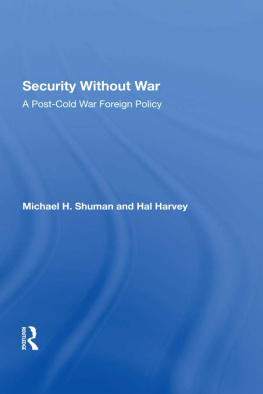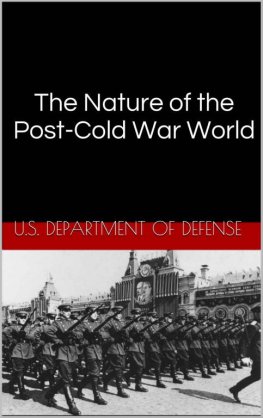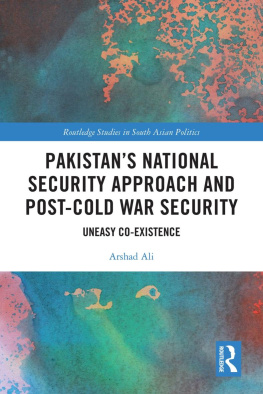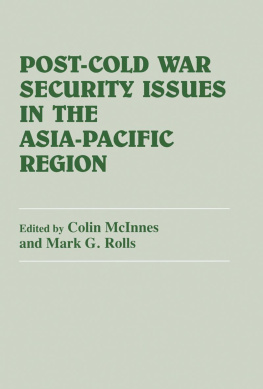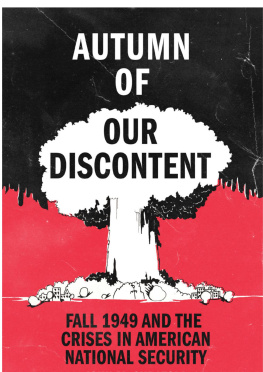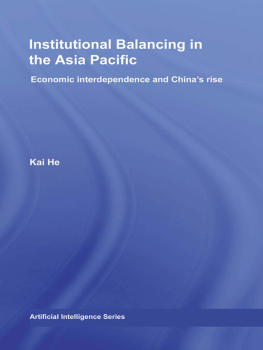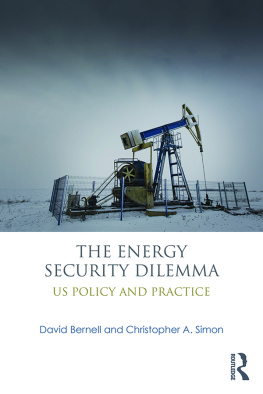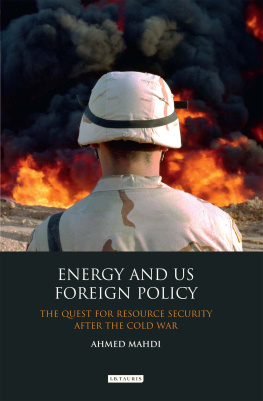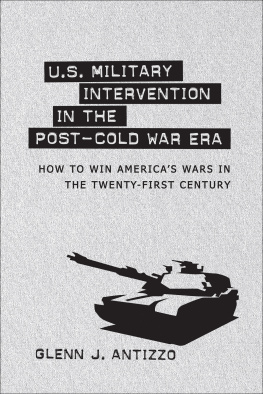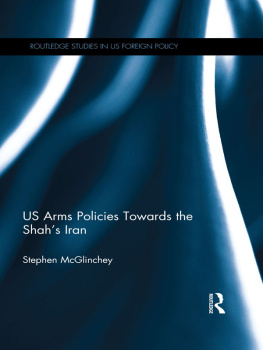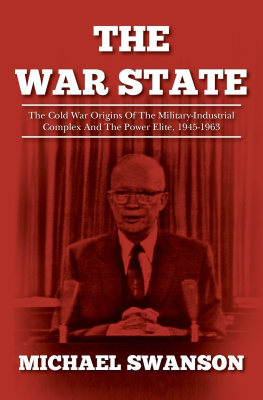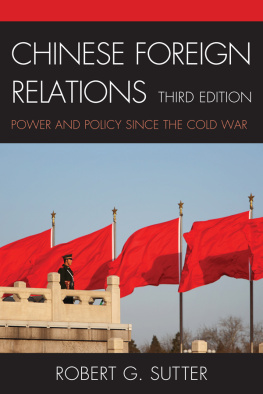First published 1993 by Westview Press
Published 2019 by Routledge
52 Vanderbilt Avenue, New York, NY 10017
2 Park Square, Milton Park, Abingdon, Oxon OX14 4RN
Routledge is an imprint of the Taylor & Francis Group, an informa business
Copyright 1993 Taylor & Francis
All rights reserved. No part of this book may be reprinted or reproduced or utilised in any form or by any electronic, mechanical, or other means, now known or hereafter invented, including photocopying and recording, or in any information storage or retrieval system, without permission in writing from the publishers.
Notice:
Product or corporate names may be trademarks or registered trademarks, and are used only for identification and explanation without intent to infringe
Library of Congress Cataloging-in-Publication Data
Shuman, Michael H.
Security without war : a post-Cold War foreign policy / Michael H.
Shuman and Hal Harvey
p. cm.
Includes bibliographical references and index.
1. United StatesForeign relations1989-. I. Harvey, Hal.
II. Title.
E840.S48 1993
327.73dc20
93-28625
CIP
ISBN 13: 978-0-367-28698-9 (hbk)
Security Without War is an ambitious book, but I would expect no less from Michael Shuman and Hal Harvey. They have done an admirable job exploring a future they believe can unfold without military conflict. Whether that future can be realized depends on how we reorder our thinking about the possibilities of the post-Cold War world.
With the dissolution of the Soviet Union, we now have new opportunities and new challenges. Were still sorting through the wreckage of the Cold War to come up with a new way of viewing international security. While I dont agree with everything in this book, I am pleased that a serious policy and academic debate has been joined in the authors effort.
What are the future security threats that our planning must consider? The authors holistic approach to security expands the traditional definition beyond military threats to include environmental, political, and economic threats as well. I agree with them that we ignore any one of these threats at our peril.
The thorny question of when to use force has plagued us since the beginning of the Republic. Despite the progress in arms control, we continually have to strive toward nonviolent conflict resolution. This is not always an easy task, but it is nevertheless more and more important as growing numbers of nations, despite our best efforts, build and acquire nuclear, chemical, and biological weapons.
In recent times, we have been fortunate that the wars we have fought have not been against adversaries possessing weapons of mass destruction. But as time passes, it becomes increasingly foolhardy to count on such good fortune. Strengthening international insti* tutions like the United Nations and the International Atomic Energy Agency is in the best interests of international stability.
This volume also presents a third view with which I have long agreed, the view that the costs of an out-of-control arms race out-weigh any potential benefits. While expanding our arsenal costs a great deal in dollar terms, the authors correctly assess the more frequently overlooked coststhe environmental costs of dumping nuclear waste, for example, or the national security costs of pressing other countries to engage in an arms race for their own sense of security. The challenge of this decade is to learn how to make other countries feel more secure, especially those nations that have not been our allies.
But perhaps the aspect of this book that I agree with most strongly is the premise that a foreign policy based on spreading democracy will work to prevent future conflicts. Not only does a democratic system of checks and balances act as a barrier to aggressive war, but these same checks and balances work to limit the civil wars that ring the globe. Investing in democratic institution-building is money well spent.
The authors also call for a new approach to international economic development, an approach that goes beyond doling out funds. Their approach includes fostering domestic compacts that mandate environmental protection standards, workers rights, and minimum wages and improving corporate behavior, especially with regard to consumer protection. Attacking social ills through such compacts is a common-sense approach to forestall the inequities that can lead to war.
Enforcing international norms and laws through foreign policy will, in the long run, reduce conflict. I have supported the formation of an international criminal court to hold leaders responsible for their actions when those actions violate international law. If those who start aggressive wars and engage in war crimes are held accountable for their actions, other leaders will think twice before engaging in force to resolve disputes.
I especially appreciate the stress placed on nuclear disarmament and stopping the spread of nuclear weapons. The current trend dietates that many countries in time will have the requisite level of technology to build nuclear weapons. While the authors conclusions in this area will be challengedand I myself reach a different conclusion on thisthe issues raised are important and provocative and demand serious study, consideration, and debate.
Ultimately, we have to move beyond theory into the practical world of action, and action by peoples, not just governments. Individuals will increasingly contribute more to building a peaceful world than they ever have in the past. This book shows us how to build on the new opportunity presented by the end of the bipolar world. Se-curity Without War gives us a blueprint for moving into a new era of worldwide security while leaving behind the age-old honors of war.
Senator Paul Simon
What should U.S. security policies look like in the twenty-first century?
When the two of us came together in the summer of 1986 to address this question, we were struck by the persistence of Cold War thinking. Even though a new, dynamic leader in the Kremlin was beginning to speak about disengagement from Afghanistan, demilitarization of Europe, deep cuts in nuclear weapons arsenals, and a new openness in Soviet life, U.S. security planners continued to assume that the Soviet Union was an expansionist evil empire bent on exploiting the Third World and conquering Western Europe. The Cold War was on the verge of ending, and yet the architects of U.S. foreign policy were completely unprepared for change. We set out to examine what this new world might look like.

